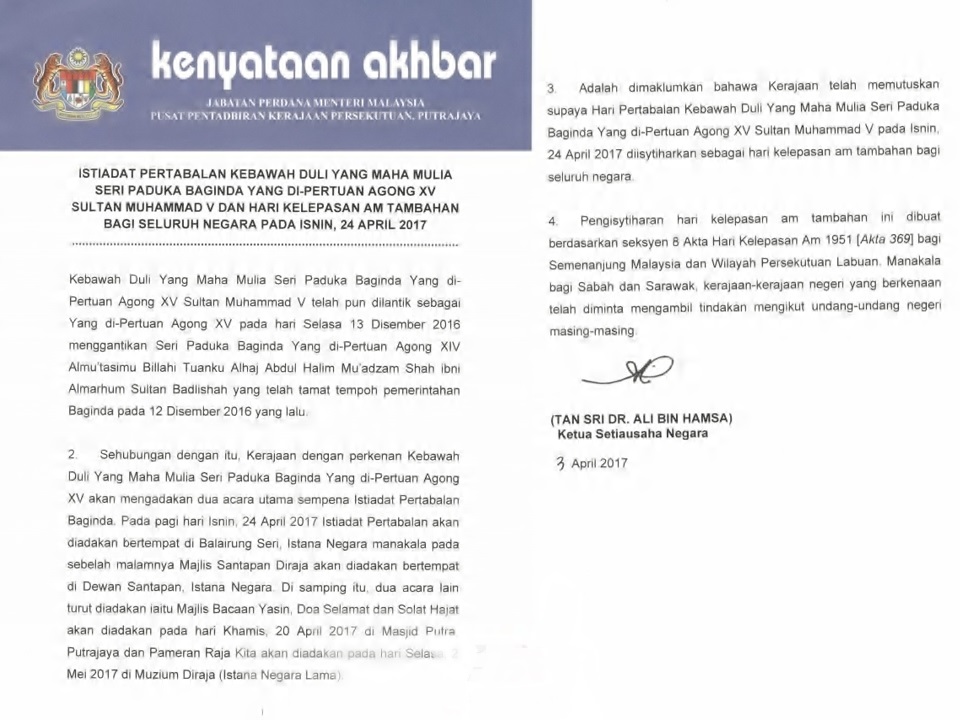https://www.gov.uk/handing-in-your-notice/gardening-leave
Your employer may ask you not to come into work, or to work at home or another location during your notice period. This is called ‘gardening leave’.
You’ll get the same pay and contractual benefits.
Garden leave or gardening leave is the practice where an employee leaving a job (having resigned or otherwise had their employment terminated) is instructed to stay away from work during the notice period, while still remaining on the payroll.
An issue that arises in practice is the position of an employee during the period between his giving notice and the expiry of the notice period. It is common for an employer to ask the employee to stay at home during the period. An employer may take this course of action, rather than waive the notice, as he wishes to ensure that the employee does not go to work for a competitor during that period and/or to give that employee’s replacement time to take over his contacts and business. Contracts usually provide an employer with this right.
There are no local cases that deal with the legal position of “garden leave” or “gardening leave”. Judges in the Malaysian cases have talked about “garden leave” in the context of “…the employee was placed on garden leave…” but did not expand any further on the legal position, or applicability in Malaysia. As such, the English and Australian positions are considered.
1) ENGLISH POSITION
A brief article on the English position is found in the website of an English law firm known as Slater & Gordon:-
http://www.slatergordon.co.uk/media-centre/blog/2015/12/what-is-gardening-leave/
The relevant portion of the article states:-
“The employee is also entitled to their normal pay and contractual benefits over their gardening leave period.”
2) AUSTRALIAN POSITION
A brief article on the Australian position is found in the website of an Australian law firm known as Holding Redlich:-
The relevant portion of the article states:-
“…Lessons for employers
- While an employee is on gardening leave, he or she is entitled to all the remuneration and employment benefits as if the employee was working for you ordinarily. Do not remove access to motor vehicles, mobile phones or other work tools unless you are sure they constitute ‘tools of trade’ as opposed to agreed components of the employee’s remuneration package….”
Conclusion
The reason behind “Garden Leave” is to place an employer on leave by remaining away from the office, while serving out their notice period. I would be inclined to adopt the position of England and Australia. The employee who is placed on garden leave should be entitled to his salary and contractual benefits as well, unless it can be shown that the allowances are of the nature that can be removed.
